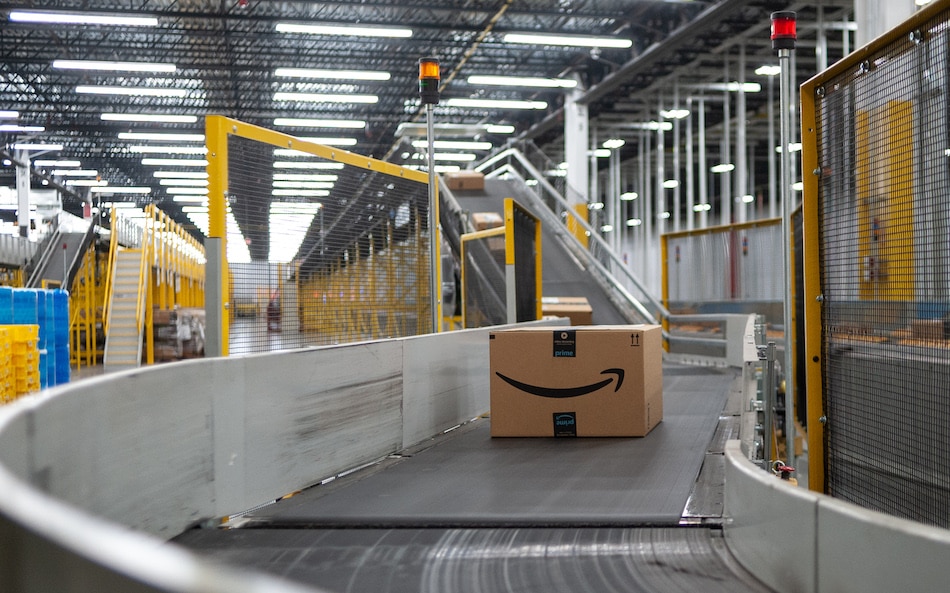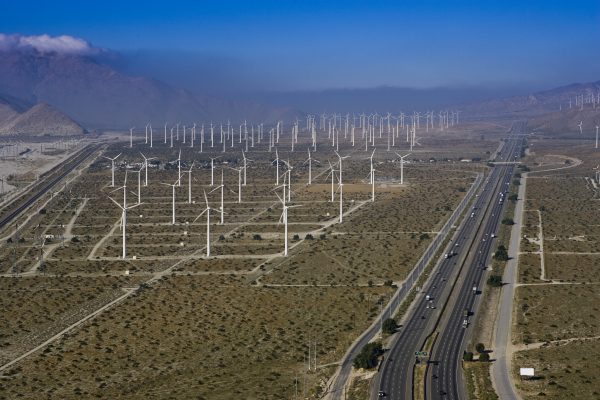The pandemic has dramatically increased the profits and power of the technology sector. Many people turned to video calls, delivery services, and home devices to keep life and work afloat, to the great benefit of the largest tech companies. And while some expect to see an increase in workplace automation due to lockdowns and widespread infections, in some cases the reverse has happened: Amazon alone hired 500,000 new workers in a single year.
Does this mean that we should not fear a future of automation, inequity, and job loss that Daron Acemoglu warns us about? On the contrary, it means that the greatest threats might already be here, depending on who you are. The nature of work has changed for many; there is profound concentration of power in just a few companies; and after decades of neoliberalism and racist policies, democratic safeguards have been materially weakened.
A central tenet of Acemoglu’s argument is that AI is driving ubiquitous labor automation, to the point where there will not be enough tasks for humans to perform. He argues that industry priorities should shift so that AI complements humans, and workers can take on more complexity, where technologies empower them to adapt and learn. The types of automation we have seen to date have more commonly done the opposite, where algorithms determine the speed at which work is done, and laborers are unable to predict when their shifts occur because they are set “flexibly” to benefit the corporation. While the elimination of entire job categories is one risk of automation, another is the creation of workplaces with increasingly extreme asymmetries of power between workers and employers. Already, many people work while monitored by apps, “nudged” to meet company targets, and ranked in real time. Some would call this AI complementing human work—but having “humans in the loop” does little to address the loss of agency, autonomy, or creativity in these contexts. The negative impacts of AI on human labor can far exceed the statistical job losses that are directly accountable to automation.
The automation debate, which occurs all along the political spectrum, swings between dystopian and utopian visions of the future. In one account, automation will wipe out entire job categories and leave millions unemployed—the “robots are taking our jobs” thesis. At the other extreme, radical automation is welcomed as a way to create a post-work, post-scarcity society (or “fully automated luxury communism,” to use Aaron Bastani’s term). Less attention is paid to the current experiences of AI-modulated workplaces, particularly for those in low-wage work who currently experience increased surveillance, algorithmic assessment, and strict modulation of time. Acemoglu, while closer to the dystopian end of labor automation, hopes that AI can augment and support workers rather than replacing them. He cites the potential for AI to empower teachers to adapt their materials in real time, or for blue-collar workers to collaborate with robotics technology. But we should ask who negotiates the terms of these collaborations, and if teachers and factory workers will have any choice but to accept them. In reality, automation is largely presented to workers as an ultimatum, a forced collaboration driven by a vision of efficiency defined by scale and statistical optimization.
Many forms of work are becoming shrouded in the term “artificial intelligence,” hiding the fact that people are often performing rote tasks to shore up the illusion that machines can do the work. Already millions of people are needed to prop up supposedly automated services: tagging, correcting, evaluating, and editing AI systems to make them appear seamless. Others lift packages, drive for ride-hailing apps, and deliver food. Rather than representing a radical shift from established forms of work, the encroachment of AI into the workplace should properly be understood as a return to older practices of industrial labor exploitation that were well established at the turn of the twentieth century. That was a time when factory labor was already “augmented” with machines and work tasks were increasingly subdivided and tracked. Indeed, the current expansion of labor automation continues the broader historical dynamics inherent in industrial capitalism. A crucial difference is that employers can now use AI to observe, assess, and modulate the work cycle and bodily data—down to the last micromovement—in ways that were previously off-limits to them.
Consider Amazon’s fulfillment centers, a workplace where humans and robots collaborate. When writing Atlas of AI, I spent time in Amazon’s center in Robbinsville, New Jersey, a major distribution mode for the Northeast. I watched the robotic ballet of orange Kiva robots moving across the floor, locking onto programmatic pathways, carrying trays of goods to be sorted by humans. But the experience of the workers in the warehouse looked far less serene. The anxiety of making the “picking rate”— the number of items they must select and pack within the allocated time—takes a clear toll. Many of the workers I encountered wore compression bandages: knee supports, elbow braces, and wrist guards. Others skipped meals and bathroom breaks to keep up with the rate.
Amazon is the second largest U.S. employer, but humans in these augmented workplaces can appear more like vestigial limbs. They complete the specific, fiddly tasks that robots could not: the necessary connective tissue to get ordered items into containers and trucks and delivered to consumers. People still have jobs, but each job is a compilation of small, banal tasks not easily allocated to robotic efforts. Amazon provides a canonical example of how a microphysics of power—disciplining bodies and their movement through space—is connected to a macrophysics of power, the logistics of planetary time and information, designed to maximize profits at a global scale.
If we want to understand how AI and automation will change the nature of work, we need to understand the past and present experience of workers as they become part of these systems. Current workplace AI largely remixes the classical techniques used to increase the granularity of tracking, nudging, and assessment such as in Henry Ford’s factories and Samuel Bentham’s inspection houses, with hints of Charles Babbage’s theories of time management, and Frederick Winslow Taylor’s micromanagement of human bodies. From the lineage of the mechanized factory, the tech industry has developed a model of work that values increased conformity, standardization, and interoperability—for products, processes, and humans alike.
Acemoglu believes that with changing research priorities and sufficient democratic oversight, labor automation and surveillance can be tamed. He suggest one solution is for AI researchers to be more aware of and vocal about the social consequences of their work, but this overlooks the hundreds of AI researchers that have been pointing to the problems of workplace surveillance, automating social services, discrimination, racialized and gendered logics in AI, privacy harms, and labor exploitation. Research is important but not sufficient, as commercial directives are set elsewhere. The uncomfortable truth is that to change the current trajectory of AI development will require changing the structures of power in big tech, from corporate priorities to government regulation, from who owns AI infrastructures to how AI systems are conceptualized, built, and deployed.
As we recently witnessed in the showdown between Facebook and the Australian government over its media bargaining laws, some companies won’t hesitate to switch off their services if regulations threaten to interfere directly with their ways of doing business. The key lesson is that no single law or intervention will be enough to address large-scale systems of labor exploitation and infrastructural power. Here too history can be instructive. Improvements in work conditions over the last century came from collective movements, where workers from different industries came together to win victories like workplace safety, weekends, and the eight-hour workday. Powerful business interests and neoliberal governments chipped away at labor rights and regulations over the past thirty years, but there are signs of progress across the tech landscape. The recent move by Amazon workers to unionize in Alabama has galvanized many into new collective calls for change, in the hope that there are ways to reduce the asymmetries of power in the already automated present. But this won’t be easy: the last century has shown that the response of powerful industries has been to grudgingly accept change at the margins but to leave untouched the underlying logics of production.








